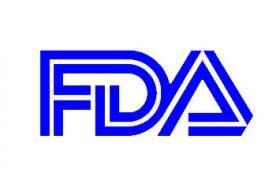
The Food and Drug Administration’s (FDA) new early food safety detection system has helped to identify 125 food safety problems in its first seven months of operation, according to a news statement from the agency.
Mandated by Congress, the Reportable Food Registry (RFR or the Registry) is a new system which requires manufacturers, processors, packers, and distributors to quickly report to the FDA safety problems with food and animal feed, including pet food, that are likely to result in serious health consequences.
“The FDA’s new reporting system has already proven itself an invaluable tool to help prevent contaminated food from reaching the public,” said FDA deputy commissioner for foods Michael R. Taylor.
A report summarising the Registry’s first seven months of operation (September 2009 -March 2010) found that the system logged 125 primary reports – initial reports about a safety concern with a food or animal feed (including food ingredients) – and 1,638 subsequent reports from suppliers or recipients of a food or feed for which a primary report had been submitted, from both domestic and foreign sources.
These reports help the FDA and the food industry locate hazardous foods in the supply chain and prevent them from reaching consumers.
Among the 125 primary reports, salmonella accounted for 37 per cent of hazards, undeclared allergens or intolerances accounted for 35 per cent, and listeria monocytogenes accounted for 13 per cent.
Among the 11 different commodity categories involved were: 14 animal feed or pet food, 12 seafood, 11 spices and seasonings, and 10 dairy products.
“Industry is increasingly detecting contamination incidents through its own testing, and FDA access to this information permits us to better target our inspection resources and verify that appropriate corrective measures have been taken,” Mr Taylor explained.
“Ensuring that the American food supply is safe is a top priority of the FDA, and the Reportable Food Registry strengthens our ability to help prevent foodborne illness.”



